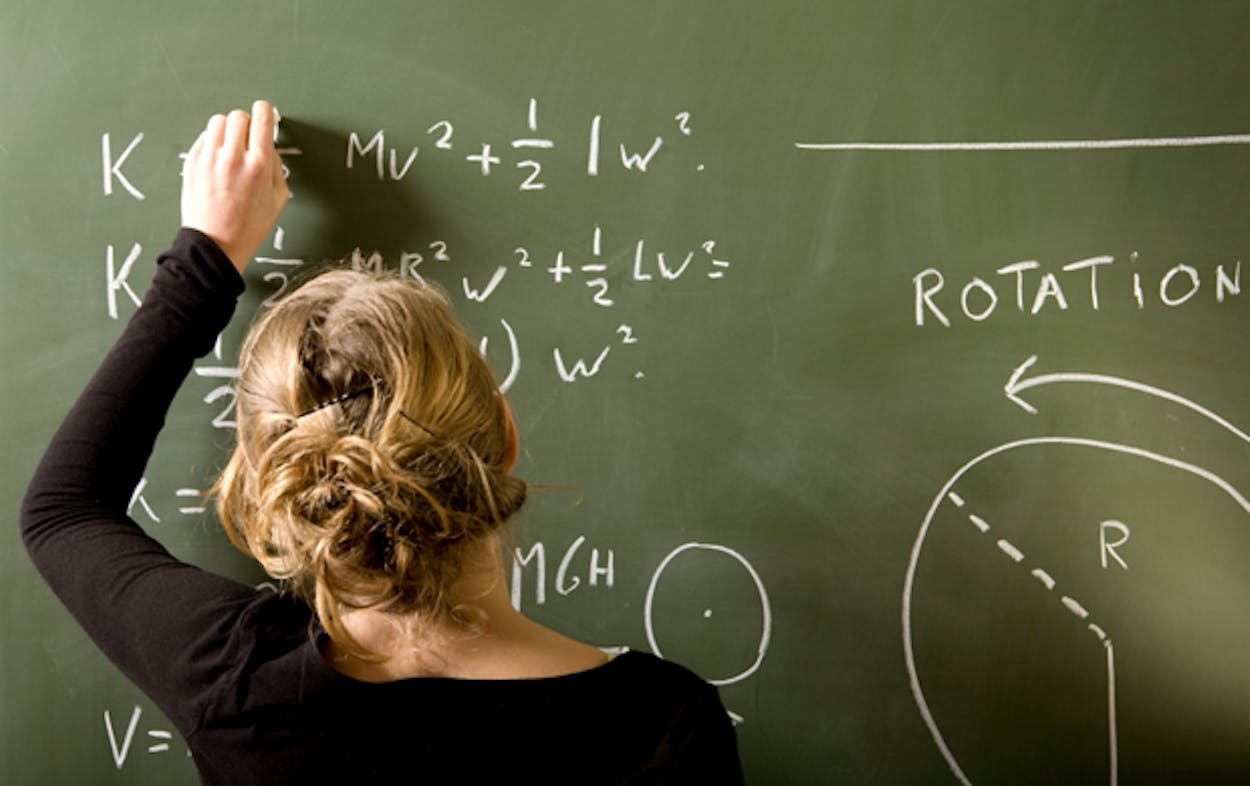If you’re a white female working toward success in a math-related field, you’d probably expect that in modern America, good grades can put the odds in your favor. But new research from the University of Texas at Austin is saying that as far back as high school, your math teacher’s money was most likely on the guy sitting next to you.
Dr. Catherine Riegle-Crumb and sociology doctoral student Melissa Humphries found that high school math teachers seem to have more faith in their white male students than in white females with similar academic performance records. The researchers analyzed data from the Educational Longitudinal Study of 2002, which followed a group of high school students from their sophomore year to graduation. Teachers were asked to report whether they thought their math curriculum matched students’ abilities, was too easy, or was too hard.
“Our results indicated that white girls are about 40 percent less likely than white boys to be perceived by teachers as being in a math class that is ‘too easy’ for them. Additionally, white girls are about 33 percent more likely than white boys to be perceived as being in too difficult of a class,” Riegle-Crumb said in an interview with the Austin-American Statesman.
The study is the first to show math-skills bias against white females at the high school level. (Past research has revealed that such bias against white girls does exist at the elementary-school level.)
The researchers also evaluated data from other racial groups. They “found that while on average teachers rate minority students lower than their white male counterparts, these differences disappear once grades are taken into account. (Those findings are consistent with decades of research on the minority gap in math achievement.) The new research, however, found bias against white girls that can’t be explained by their academic performance,” David DiSalvo wrote in Forbes.
In other words, low grades backed up the low ratings for minority students, whereas teachers gave low ratings to white girls whose grades reflected competence comparable to white boys.
While the findings shine a light on educators’ bias, Riegle-Crumb and Humphries are also worried about how these ideas will impact these girls. “If math bias against females is present in elementary school, which past research shows it is, and continues through high school and then college, then it’s much less likely that you will find women pursuing math-related high-status occupations in science and technology,” Riegle-Crumb said in a release from UT Austin.






